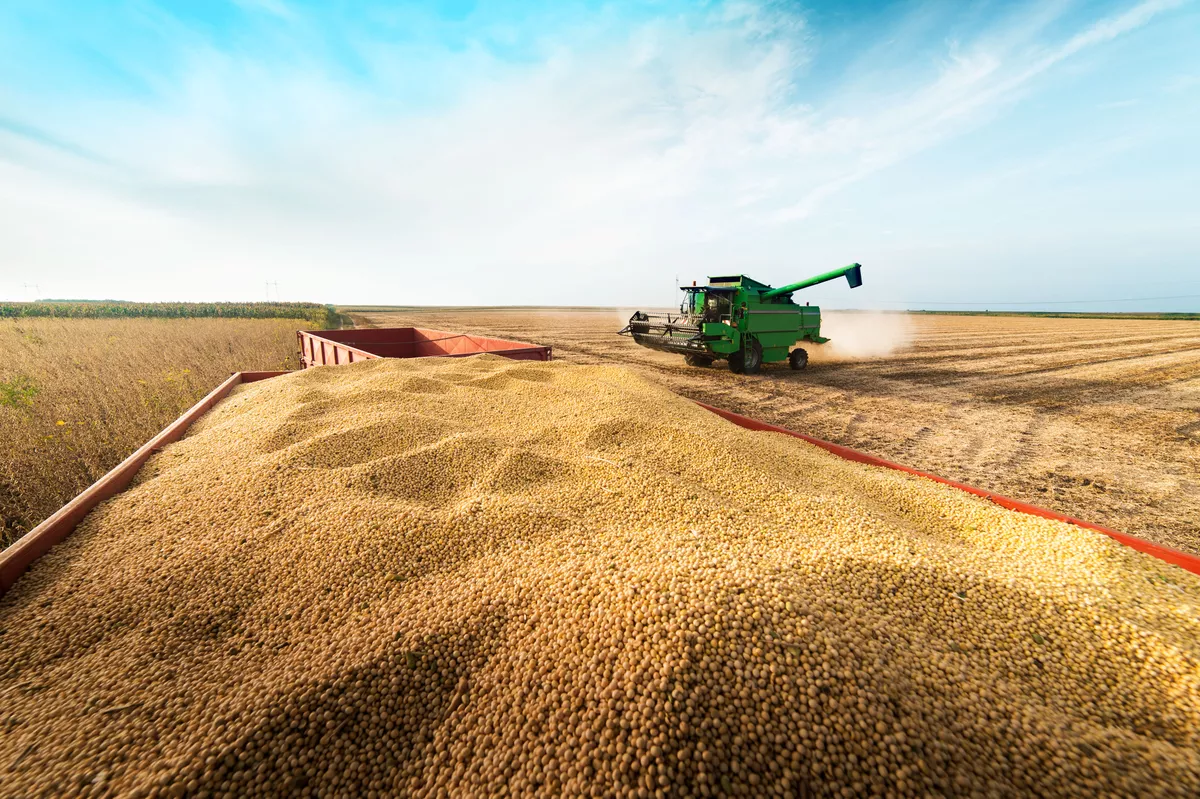Brazil will set another record in its agricultural economy this year with the largest grain harvest in history. It was helped considerably by the so-called “safrinha” of corn.
The “safrinha,” which used to be considered a secondary crop to cover the ground, gained importance as production became more demanding and technology was added.
According to the Companhia Nacional de Abastecimento (Conab), Brazil’s “safrinha” is expected to reach 87.4 million tons between summer and winter break, 44% more than last year.
This will be the largest harvest in the historical series of safrinha, which has become a “safrão” for several years, surpassing the summer corn crop in area and production volume.

Analysts point out that this turnaround allows Brazil to double its corn production in the coming years and move closer to the world leaders, the United States, and China.
In addition to growing corn, the basis for Brazilian animal protein production, the country has begun using corn to produce ethanol.
This year, Brazil will produce 114.7 million tons of corn, up 31.7% from the previous harvest. This will help bring in another record crop of 271.4 million tons, up 6.2% or 15.9 million tons from the last harvest.
The corn result could have been even better if production in the Southern Region had not declined by 15.3% during the first harvest due to the lack of rain.
DIFFERENTIAL
“We still have a lot of room for growth, both in area and productivity,” says André Pessoa, CEO of Agroconsult. He recalls that it took Brazil 15 years to go from 100 million tons of grain to 200 million, but less time is needed to reach 300 million tons.
“This year, it just didn’t work out because there wasn’t enough rain in some regions, such as Rio Grande do Sul.”
Pessoa highlights the growth of corn as a second crop in Brazilian agriculture, as this crop already accounts for nearly 50% of the traditional area planted for all grains in the summer.
This year alone, 1.64 million more hectares of corn were harvested, helped by reasonable prices in domestic and foreign markets and the early soybean calendar.
The earlier soybeans are harvested, the better the “window of opportunity” for sowing safrinha corn to avoid being sown in the colder, drier season. “Because of the favorable calendar, most plantings were concentrated in January and February, an ideal time,” Pessoa says.

